by Moe | Nov 21, 2015 | Quotes
This image is of the entranceway relief sculpture by Lee Lawrie, located at the RCA Building, Rockefeller Centre, New York City.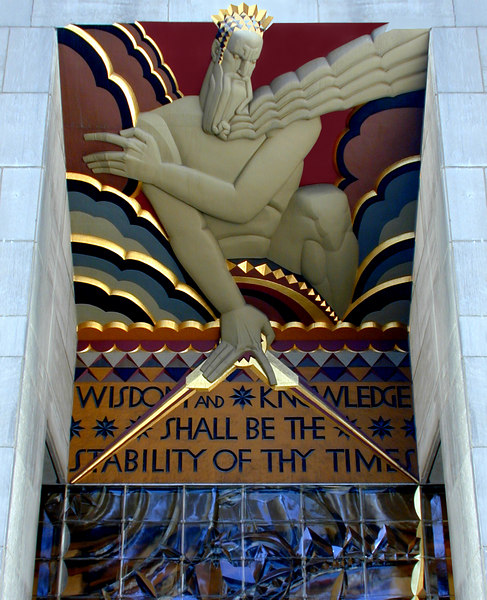
The quote is from the Scripture in Isaiah 33:6: “And wisdom and knowledge shall be the stability of your times, and strength of salvation: the fear of the LORD is his treasure.”
Lee Lawrie was trained in Beaux-Arts’ Classicism, and his long career exceeded 300 works throughout the United States. Other works include the freestanding statue of Atlas on Fifth Avenue, the Los Angeles Central Library, the University of Chicago’s Rockefeller Chapel, the allegorical relief panels of the United States Senate, the Louisiana State Capitol, the statue of George Washington at the National Cathedral in Washington DC and the Harkness Tower of Yale University.
by Moe | Jun 27, 2015 | Meaning of Symbols
“And Pistis Sophia cried out most exceedingly, she cried to the Light of lights, which she had seen from the beginning… and uttered this repentance: Save me, O Light, for evil thoughts have entered into me” (Pistis Sophia ch. 32)
Painting by By Johannes Franciscus Gijsbertus van den Berg
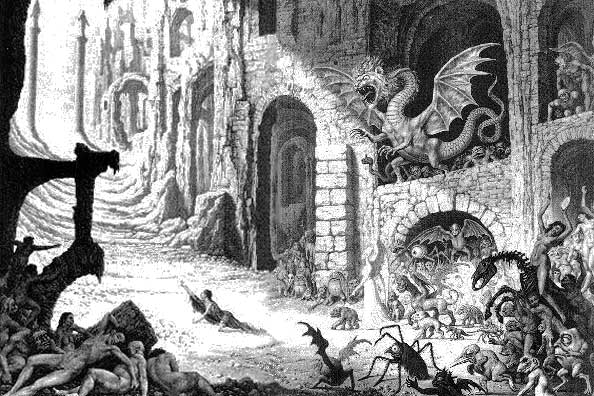
After nine years at the Lectorium Rosicrucianum, esoteric motifs began to appear in Johfra’s work in the late 1950’s. Up to that time, he had painted mostly Surrealist landscapes. But over the course of the sixties, these landscapes became increasingly populated by esoteric symbols. One of his earliest attempts at an expressly Esoteric painting is his Pistis Sophia (1959).
Here, a woman in rags crawls toward a distant light, which appears between two columns in the background. Meanwhile, she is being mocked or pursued by a caval of demons and beasts, including a lion-headed dragon. In the right foreground human figures are dancing in drunken revelry while, on the left, other figures are sleeping. Some however have gradually awoken and, like the tattered woman, are reaching towards the light.
The title of the painting is taken from a Gnostic Gospel which relates a dialogue between the risen Christ and his disciples. In it, many essential elements of Gnosticism are described. G.R.S. Mead’s English translation appeared in 1921 (from a British Museum manuscript acquired in 1785). Meanwhile, the chief corpus of Gnostic writings, the Nag Hammadi library, was not discovered until 1945, and did not appear in English until 1978. When Johfra painted this canvas in 1959, the Pistis Sophia was one of the few Gnostic works available to him.
In this text, Christ says to his disciples that we are all drunken with desire, or else slumbering in forgetfulness of our true origins. Only those who have ‘sobered up’ or ‘awoken’ can remember the events that transpired at the beginning of the world. This is the knowledge and revelation, the gnosis, which Christ brings to man. He reveals the ‘indweller of light’ in each of us, which Gnostics also called the ‘pneuma’, symbolized by a spark or pearl.
Through the pearl in us, we remember that, at the beginning, ‘a Great Light’ appeared and separated itself into the upper aeons (or heavens). In these heavens appeared Pistis Sophia (Wisdom), a female companion who aided the Father in creating the cosmos.
But, acting alone and without his knowledge, she gave birth to Yaldabaoth, a Demiurge who generated the lower aeons: the seven planets and the earth whirling around in the darkness. Yaldabaoth is a lion-headed serpent who glows like the fire of the sun. He commands the seven archons who appear to us as the seven planets in lower aeons. Also under his command are the many demons who hold sway on the earth and in our bodies, as lust, envy, anger, etc. All of these trap humans and their particles of the divine Light in matter, time, passion, desire, fate, and forgetting.
After generating him, Sophia’s own progeny turned against her. “And the great lion-faced light-power devoured all the light powers in Sophia… and her matter was thrust into chaos” (Pistis Sophia ch. 31). As a result, Sophia fell to the earth in the form of a woman, and forgot her origins in the divine. And indeed, all of us, who possess the ‘indweller of light’ in us, have also forgotten that we too were once descended from the Great Light. That is the revelation that Christ brings, the gnosis, the remembrance of our origins.
In light of the Gnostic text, we now see Johfra’s painting as an image to help us remember our forgotten origins. As we meditate upon it, we recognize the Pistis Sophia in rags, fallen to the earth but still reaching for the light. One or two figures on the left also reach for it. But the majority are sleeping or enmired in drunkeness. Yaldabaoth, the lion-headed dragon, rules over this darkened realm with his court of archons and demons. The composition as a whole evokes a particular passage from the Pistis Sophia.
“And Pistis Sophia cried out most exceedingly, she cried to the Light of lights, which she had seen from the beginning… and uttered this repentence: Save me, O Light, for evil thoughts have entered into me” (Pistis Sophia ch. 32).
SOURCE: VISIONARY REVUE
by Moe | Jun 11, 2015 | Meaning of Symbols
A mystical depiction of Sophia from Geheime Figuren der Rosenkreuzer (The Secret Symbols of the Rosicrucians), published at Altona in 1785.
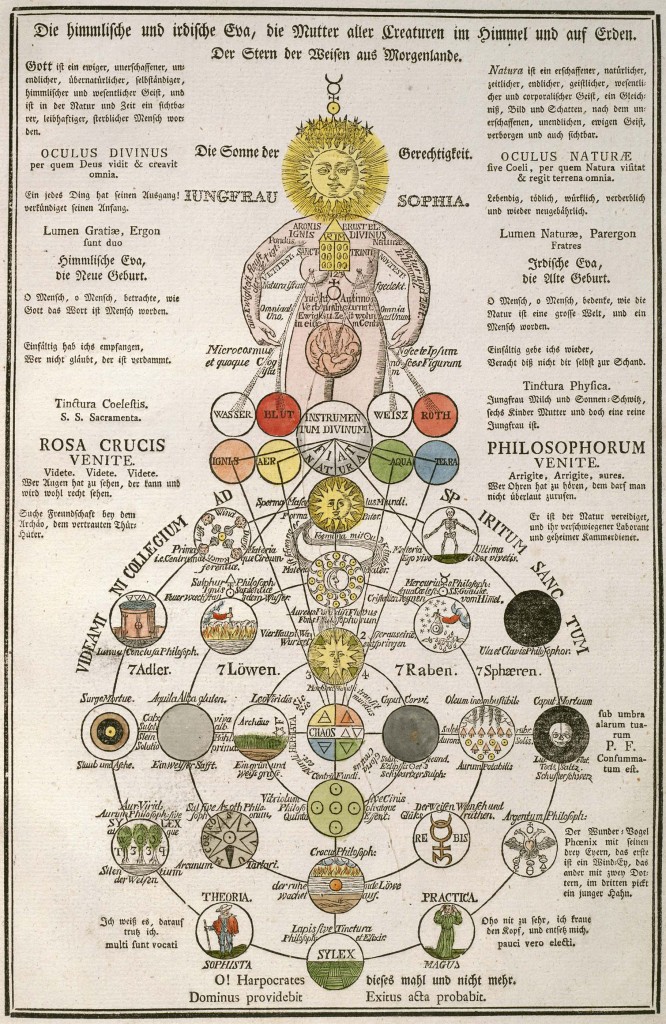
by | Apr 22, 2013 | Gods & Goddesses, Meaning of Words
By Miguel Conner – In the article, Luciferianism, I explained how Lucifer began as a haughty earthly king in Judaism, evolved into the prince and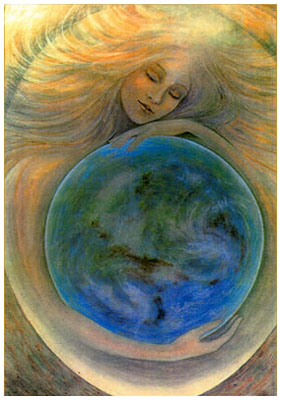 principle of evil in Christianity, and finally became an archetype for inner transformation in modern mysticism. Lucifer is a powerful symbol for the interplay of darkness and light within the soul. In a Jungian sense, Lucifer is our Shadow Self: the voice in our unconscious calling us to acknowledge the dark lagoons of our greatest fears, but in the end delivering oceans of enlightenment for those who take the odyssey of self-knowledge.
principle of evil in Christianity, and finally became an archetype for inner transformation in modern mysticism. Lucifer is a powerful symbol for the interplay of darkness and light within the soul. In a Jungian sense, Lucifer is our Shadow Self: the voice in our unconscious calling us to acknowledge the dark lagoons of our greatest fears, but in the end delivering oceans of enlightenment for those who take the odyssey of self-knowledge.
But both the modern and traditional incarnations of Lucifer likely had their genesis in the heresy known as Gnosticism—based on another rebellious figure also symbolizing the soul’s journey across the dimensions of the cosmos.
Her name is Sophia. And she has also returned as an important light-bringer for a world on the brink.
The Gnostics depicted Sophia as the personification of Divine Wisdom. She was one of the Aeons—personifications of the Mind of God that comprised the Eternal Realm. Like Lucifer, Sophia is seen as a defiant and fallen being, in some narratives likewise the font of all evil and even the manipulator of mankind for her own mercurial desires. The reasons for Sophia’s transgression against the Eternal Realm are varied and often murky; but the truth is that why Lucifer fell from Heaven is more legend and speculation than anything actually mentioned in the Bible. The commonality between Lucifer and Sophia’s expulsion does point to hubris and curiosity (an always perilous combination for the human ego, as well). (more…)
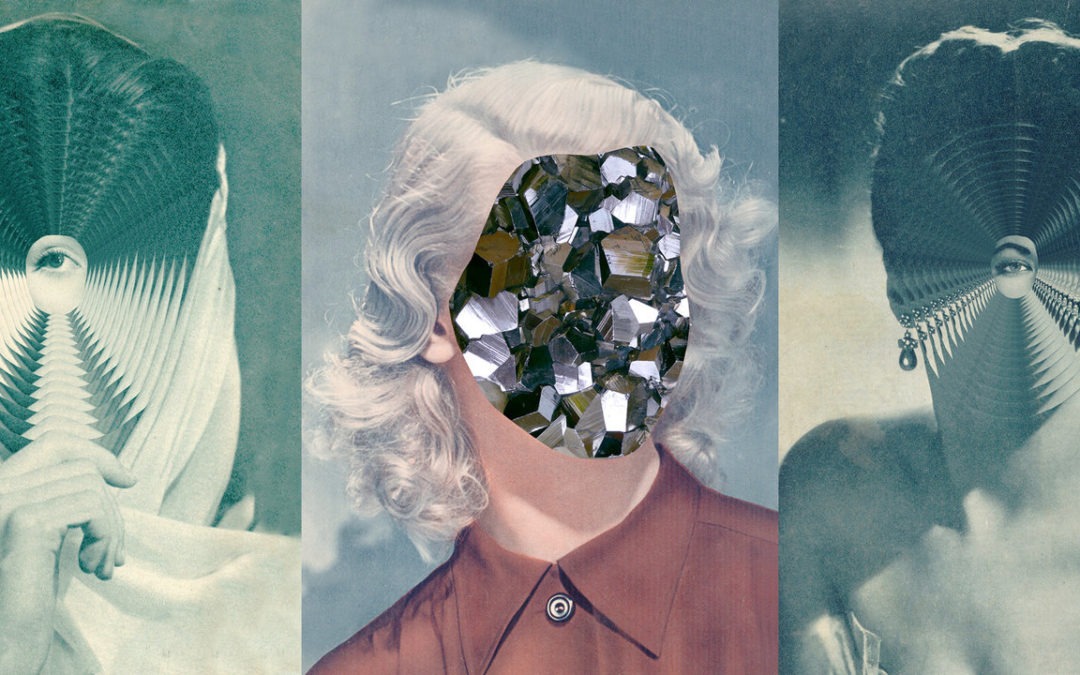
by Moe | May 1, 2023 | Duality, Gnosis
According to the Gnostics, there were only two spirits that were in control of all humanity.
The material world was created by an inferior deity known as the Demiurge who was in control of a counterfeit spirit, which they believed was a malevolent force that sought to deceive and enslave humans.
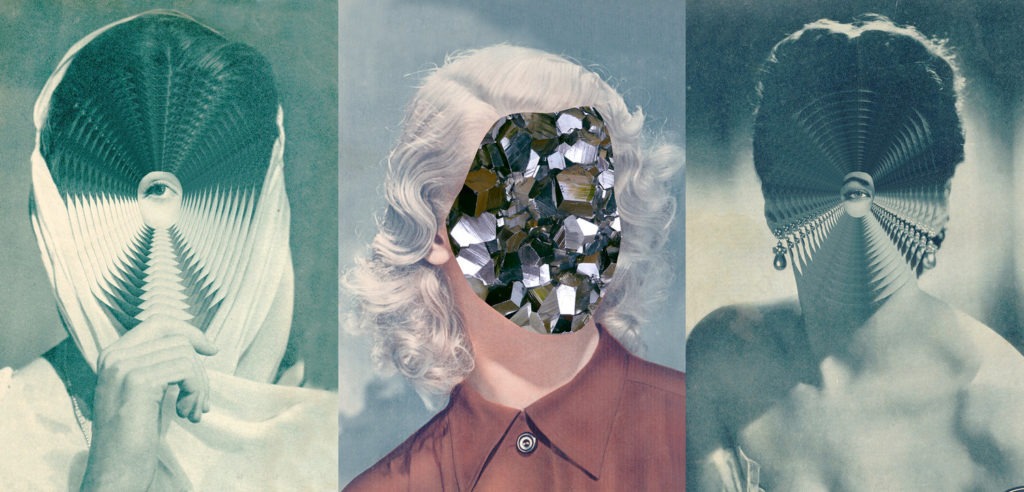
They believed that the true God was a transcendent and ineffable entity who existed beyond the physical realm and that the Demiurge was a lesser deity who had rebelled against the true God and had created the world to trap people within it.
The Gnostics saw the counterfeit spirit as a deceptive and seductive force, which sought to lead human beings away from the path of spiritual enlightenment.
It could be found in many forms: false teachings, false prophets, and false gods.
(more…)






